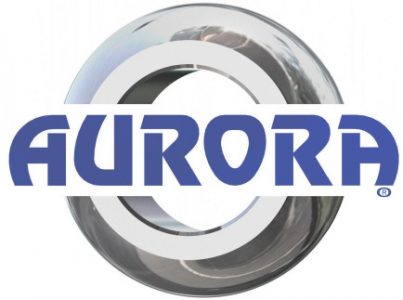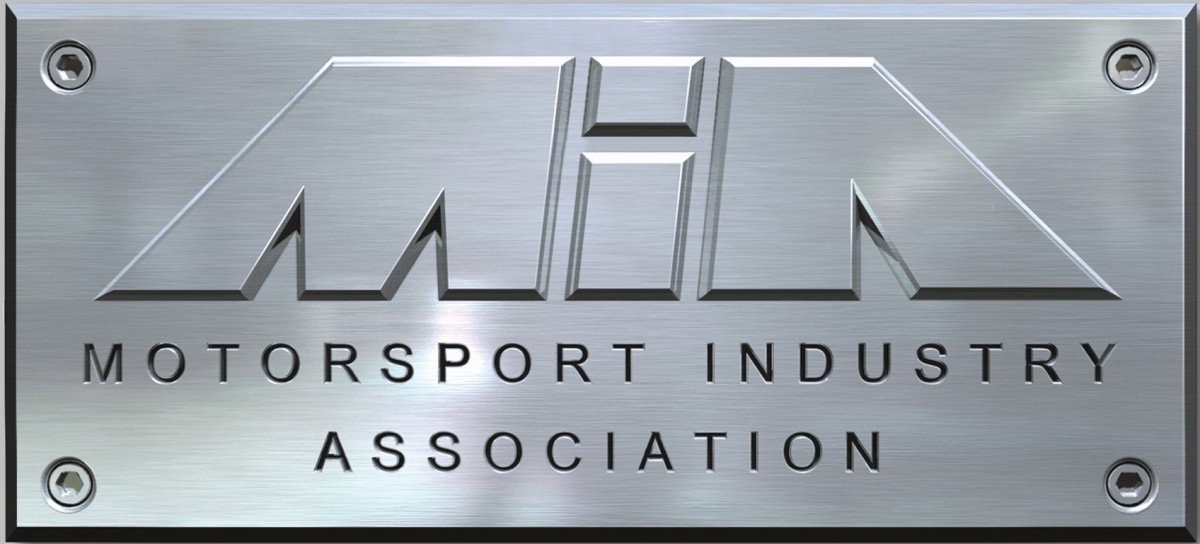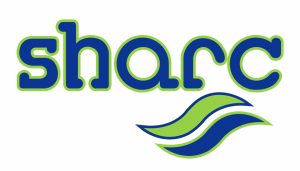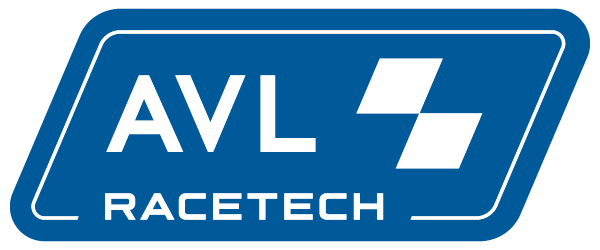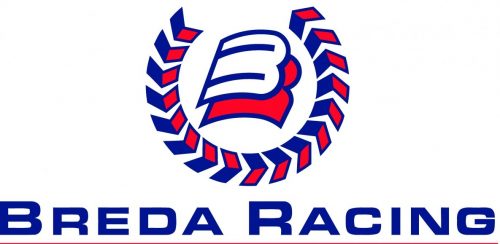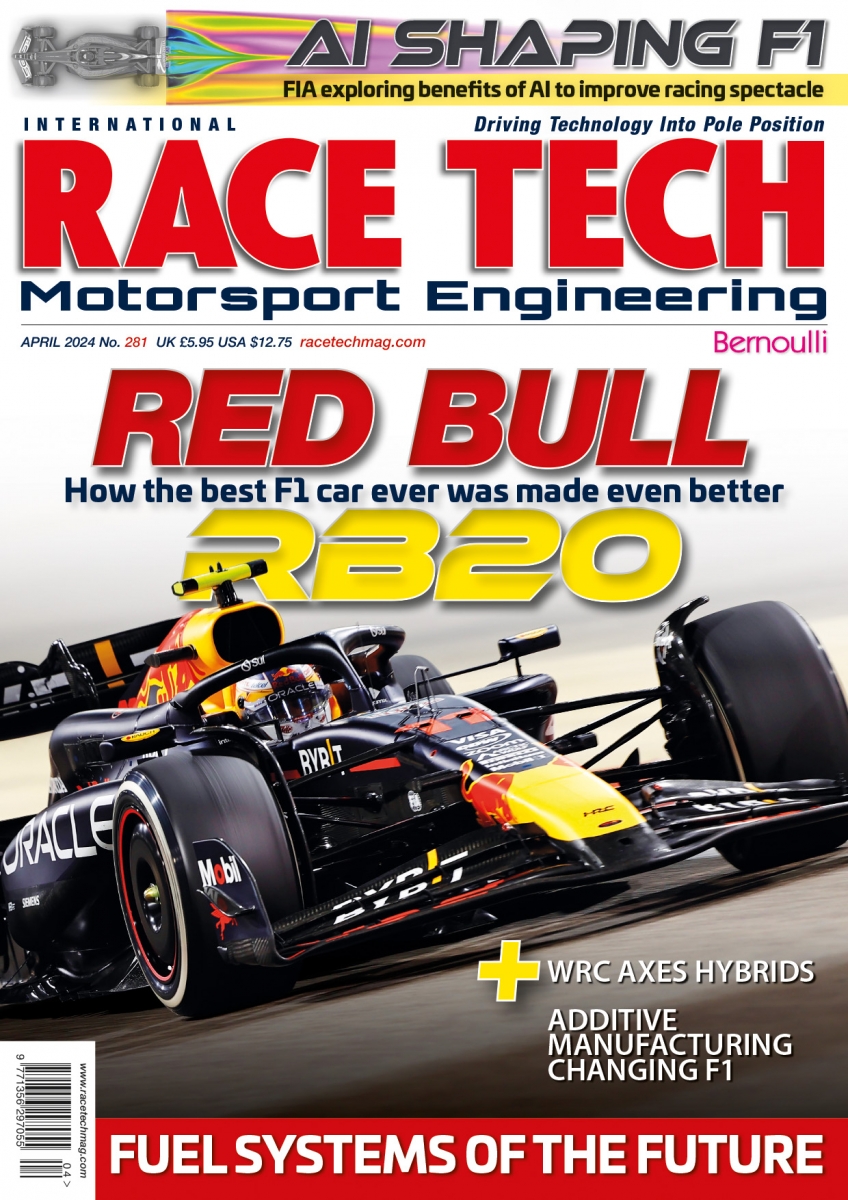A fork in the road for endurance racing’s future
HyperCars or Hybrids, that is the question. On the one hand, the Automobile Club de l’Ouest (ACO) and the FIA have opted to go the Hypercar route from September 2020 with the engine regulations left open about the use of hybrids whereas in the US, IMSA is keeping its green credentials alive by announcing that the Daytona Prototype international (Dpi) class will be run to hybrid rules from 2022 using a standardised 48V mild hybrid system. There is therefore a real divergence between the two endurance championships and the question is which has the winning ticket?
The ACO/FIA proposals for the new-look World Endurance Championship are adventurous and exciting. With manufacturers having a choice of entering a prototype in the style of a Hypercar or developing a road-going version with the stipulation for the latter being that at least 20 must be made over a two-year period, the prospects are mouth-watering. However, there is a big question mark and that is how many car manufacturers are going to enter it.
Toyota and Aston Martin have already committed to it but so have fringe assemblers ByKolles and Glickenhaus. To stop excess spending by any team, budgets will be controlled while a GTE-based Balance of Performance system is set to be applied in-season to keep the hybrid and non-hybrid machines closely matched. While this should lead to close racing, the danger for established luxury/lifestyle car manufacturers that can sell their limited edition specials for a couple of million dollars or euros, is that if they lose to an unknown maker like ByKolles or Glickehaus, then their image could be dented. It will therefore be very interesting to see if other carmakers do commit to the championship.
The IMSA proposals are also very interesting and would seem to offer greater scope for car manufacturers.
At the end of May, IMSA president Scott Atherton and EPA Transportation and Climate Division director Karl Simon unveiled plans for expanded IMSA Green initiatives both on and off the race track which will come online over the next several seasons.
An important part of this is the debut of its next-generation Daytona Prototype international (DPi) in 2022 that will be powered by hybrid powertrains. It could lead to IMSA becoming the first racing series to attain Green Racing Cup status, the highest level of environmentally responsible racing through implementing innovative engine and fuel technologies. This status is defined within the SAE J2880, the Green Racing protocols, which was first published in 2008 and revised in 2014.
“We’re making IMSA a leader in reducing the environmental impact of our sport,” Atherton said at a press conference held at this year’s Detroit Grand Prix at the end of May. “If you’ve been following the reports, it’s not news, but for the record, we can confirm that the engines that will power that next-generation prototype will be hybrid power. IMSA is working with our current and interested OEM partners along with input and insight from the EPA and the DOE to finalise those regulations.
“We believe that the introduction of the 2022 DPi will help us become the first racing series to achieve the Green Racing Cup status as defined by those Green Racing protocols.”
He also said that IMSA Green can be a proving ground for manufacturers to showcase advances in these areas through IMSA’s seven sanctioned championships. Its own initiatives include tyre usage reductions and the development of alternate-blend fuels.
All-wheel drives are not being considered on cost grounds whereas the standardised hybrid unit is said to cost the teams $100,000 per season rental. The initiative pleases both Ford and General Motors which are increasing their production car electrification programme. It might also tempt other manufacturers into the WeatherTech Sportscar Championship.
An IMSA statement said that future programmes will go beyond race cars and envelop an entire event weekend providing the public with information on relevant, advanced technologies that produce clean and efficient production vehicles they might drive in the future. Its programmes will reflect and respond to challenges encountered by the automotive industry in the areas of improving energy efficiency, lowering its carbon footprint and reducing criteria emissions. Manufacturers can use these platforms in the development, demonstration and marketing of green technologies through motorsport competition including advanced propulsion systems, alternative fuels and reducing consumables.
So Hypercars or Hybrids? It will be fascinating to see how the two championships develop over the next few years.
William Kimberley is the Editor-in-Chief of RACE TECH.



